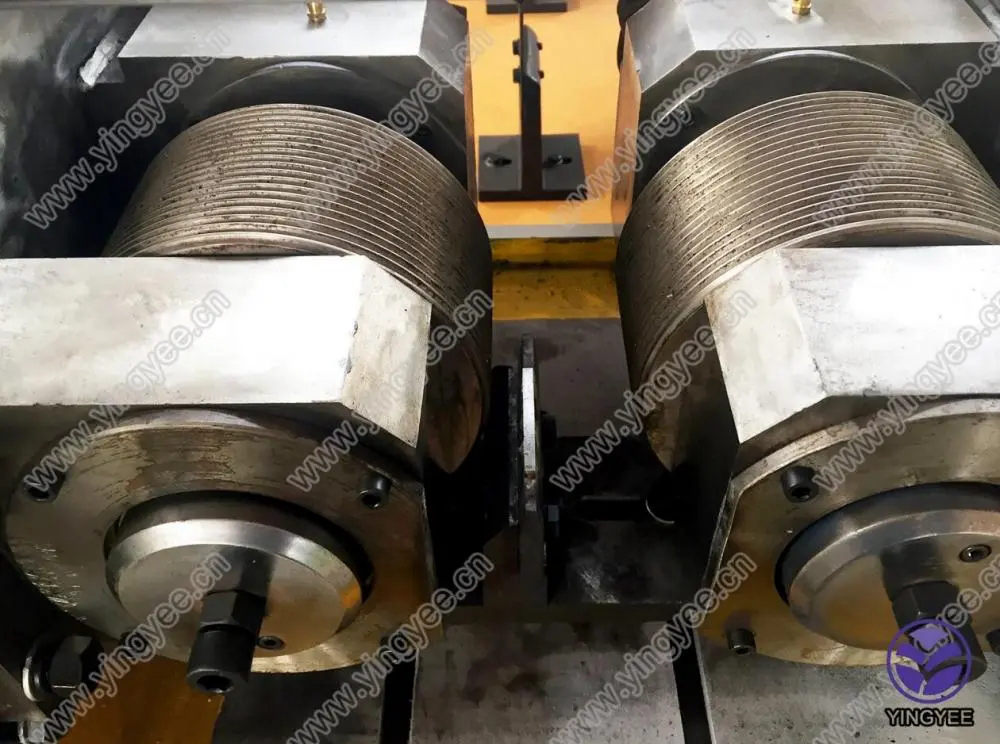
Understanding the Price of Purlin Machines Factors and Insights
When it comes to the construction and manufacturing industry, the importance of purlin machines cannot be overstated. These machines are essential for producing purlins, which are critical components in the framework of buildings, particularly in metal structures. As the demand for efficient and cost-effective construction solutions continues to rise, the price of purlin machines has become a pivotal topic for manufacturers and builders alike. In this article, we will explore the factors influencing the price of purlin machines and what potential buyers can expect.
1. Types of Purlin Machines
Purlin machines generally differ in terms of design and functionality, and this variation greatly impacts their prices. Basic purlin machines may range from manual types—ideal for small-scale operations—to fully automatic CNC machines that provide high-speed production for large enterprises. The latter, while considerably more expensive, offers precision, repeatability, and significantly improved productivity, justifying the investment for larger companies.
2. Material and Build Quality
The materials used in the construction of purlin machines also play a significant role in determining their price. Higher-grade materials that enhance durability and resistance to wear and tear tend to increase the overall cost. Additionally, better assembly quality and technology used in manufacturing the machine will also add to its price. Therefore, when evaluating purlin machine prices, it’s crucial to assess the quality of materials and craftsmanship.
3. Technology and Features

Advancements in technology have led to the development of sophisticated purlin machines that incorporate features such as computerized controls, integrated cutting and punching functions, and enhanced safety measures. These features may lead to higher initial costs but can result in lower operational costs and longer machine life, making them more economical in the long term. For example, machines equipped with smart technology can optimize production processes, thereby significantly reducing waste.
4. Market Demand and Supply
Like any other product, the price of purlin machines is heavily influenced by market dynamics. In regions where construction activities are booming, the demand for purlin machines tends to increase, which can lead to higher prices. Conversely, in economic downturns or periods of reduced construction activity, prices may decrease due to lower demand. Understanding the prevailing market conditions, including local and global economic indicators, can provide valuable insights into the pricing trends of purlin machines.
5. Brand Reputation and After-Sales Support
Established brands often command a premium price due to their reputation for quality and reliability. Moreover, companies that provide comprehensive support services—such as warranties, training, and maintenance—are typically more attractive to buyers. This added value often justifies the higher price, making it a worthy consideration for potential purchasers.
6. Conclusion
In summary, the price of purlin machines is influenced by a multitude of factors, including the type of machine, material quality, technological advancements, market demand, and brand reputation. For buyers, it’s essential to weigh these aspects against their specific needs and budget constraints. Investing in a purlin machine entails not just a consideration of the initial purchase price, but also the ongoing operational costs and the potential for return on investment through increased efficiency and productivity. As the construction industry continues to evolve, understanding these dynamics will be crucial for making informed purchasing decisions.